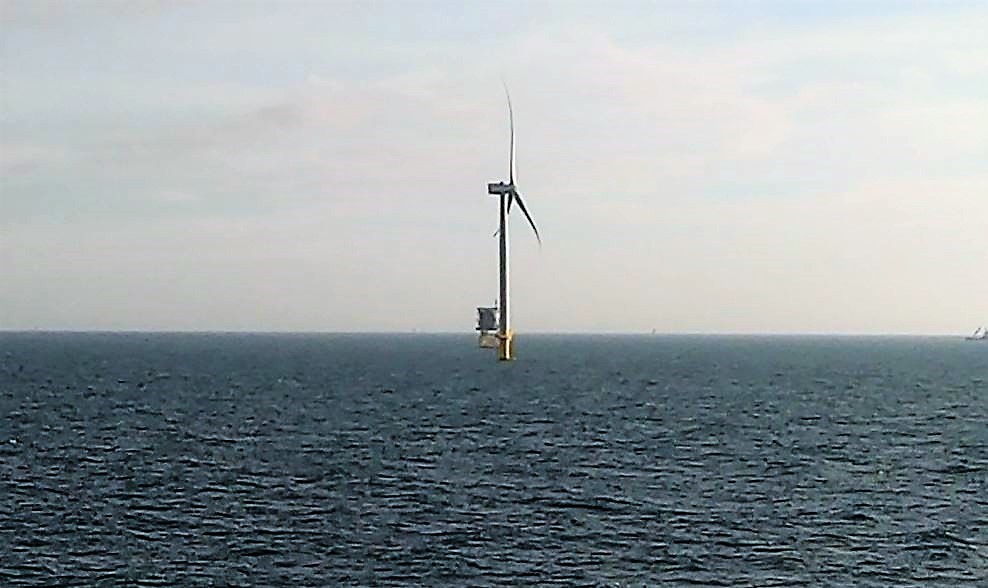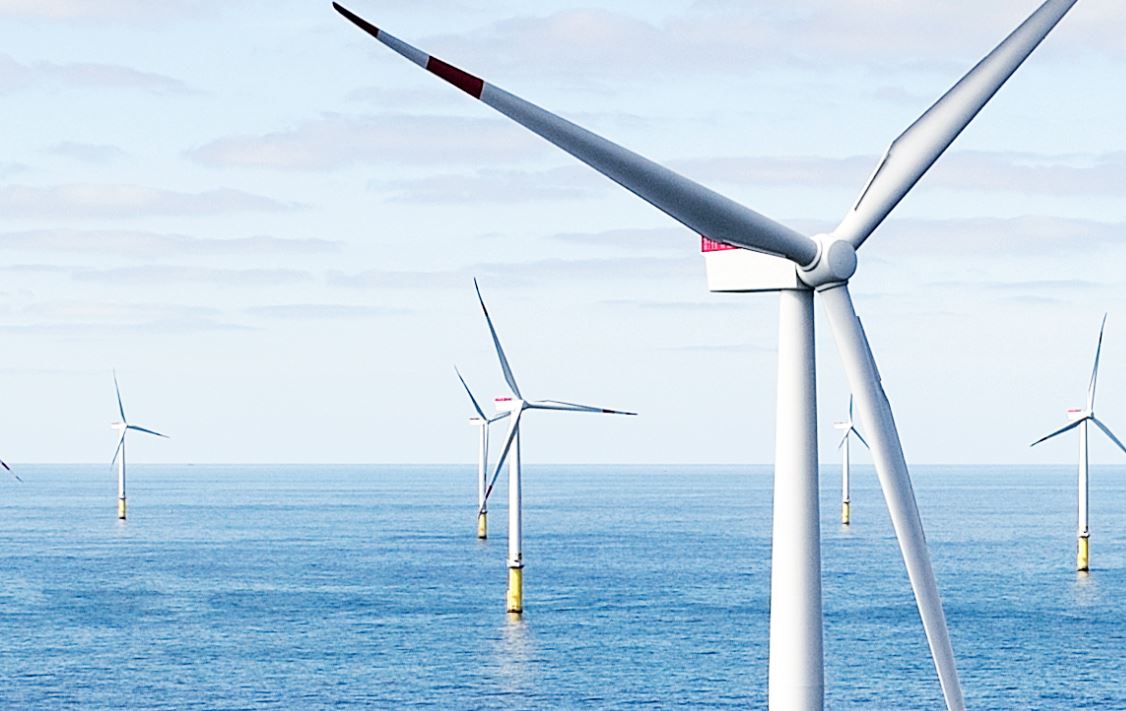
Hornsea 1, the world’s largest offshore wind farm project, is now generating electricity. Engineers have installed the first turbine, which is generating power. When Hornsea 1 is fully operational, it will be nearly twice the size of Walney Extension.
Walney Extension, the current largest offshore wind farm, can supply over one million homes with renewable energy.
Hornsea 1 – 174 7MW turbines
The project will eventually consist of 174 Siemens Gamesa 7MW turbines. The wind farm is 74 miles (120 km) off the Yorkshire coast. Most of the turbines’ blades were manufactured in Hull. From Hull, the project organizers ship the blades to the Hornsea zone.
The project is a joint venture between Global Infrastructure Partners and Ørsted, the world leader in offshore wind energy. According to Ørsted, they expect to complete the project by the first quarter of 2020.
The Rt Hon Claire Perry, UK Minister of State for Business, Energy, and Industrial Strategy, said:
“The UK renewables sector is thriving. Last year we saw the world’s largest wind farm open off the coast of Cumbria, and today it’s joined by an even bigger one starting to produce power for the first time.”
“British innovation is central to our modern Industrial Strategy, and our upcoming sector deal will ensure UK offshore wind is a global leader as we transition to a greener, smarter energy future.”
What is wind energy?
Wind energy involves capturing the energy in moving air – wind – and converting it into electricity.
We have been using wind energy for thousands of years. We have used it to pump water and grind grain.
When the wind turns the turbines’ blades, they turn a generator which produces electricity. A wind farm is an area with many turbines. There are onshore and offshore wind farms, which are on land or out at sea (respectively).
The best place to have a wind farm is in a flat area with no obstacles. The wind must blow at a minimum of 14 mph (22.5 km/h).
Hornsea 1 – new generation of offshore power plants
Matthew Wright, Managing Director of Ørsted UK, said:
“Hornsea 1 is the first of a new generation of offshore power plants that now rival the capacity of traditional fossil fuel power stations. The ability to generate clean electricity offshore at this scale is a globally significant milestone, at a time when urgent action needs to be taken to tackle climate change.”
“Ten years ago, the thought of a project of this size was just a dream, but thanks to continued innovation, a determined effort from both the industry and supply chain to drive down costs, and the natural geographical benefits that surround us, the UK has positioned itself as a world leader in offshore wind.”
“Our company’s vision is a world that runs entirely on green energy, and this flagship project is a significant step on that journey, proving that large-scale renewable energy is not just an idea of the future, it’s here, right now.”
Sister project – Hornsea 2
Hornsea 2, a sister project, is currently under construction 55 miles (89 km) off the Yorkshire coast. It will consist of up to 300 turbines and will supply up to 1.6 million homes with electricity.
Duncan Clark, Project Director for both Hornsea 1 and 2, said:
“It’s amazing to think that just over a year ago we began offshore construction on Hornsea 1, and now, 120km off the coast, it has already started to generate clean electricity. I’d like to thank the thousands of people responsible for delivering this milestone safely and completely as planned. It’s taken hard work from so many different people, long shifts in all weather conditions, ingenious solutions and disciplined professional collaboration – which has all been worthwhile.”
“To make this next generation of wind farm possible, the entire supply chain has stepped up to a massive challenge. This has involved scaling up, improving products and processes, refining skills, and together leading offshore wind to its market leading position for new projects today, where it is now competitive on cost of electricity, on scale, on sustainability and on lead time. I would also like to thank those communities that have welcomed us during the construction phase of the project, including onshore cable laying, and all the authorities and businesses whose support and skills are necessary in developing this scale of infrastructure.”
“There is still a long way to go, 173 turbines to be precise! But I’m confident we will continue to work to the high standards already demonstrated by the teams involved, and together deliver the biggest renewable energy project in the UK, helping to deliver a cleaner, greener energy system for the future.”
Project making good progress
So far, Ørsted says it has installed 172 out of 174 monopile foundations at the site. It expects turbine installation to continue until the end of summer of 2019.
The wind farm’s electricity will pass via undersea cables before reaching the coast at Horseshoe Point in Lincolnshire.
The electricity then travels along underground cables to North Killingholme, an onshore substation. From there, it connects to the UK National Grid.

